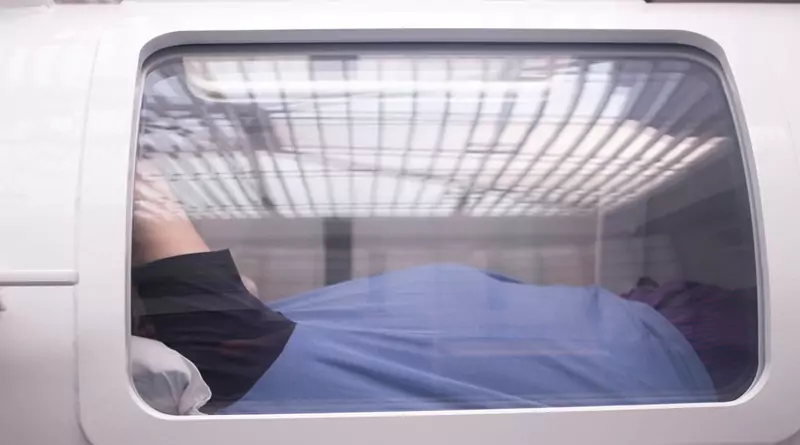Hyperbaric Oxygen Therapy for Stroke
A stroke is a neurological deficit resulting from injury to the brain, that can be caused by several different mechanisms (thrombotic, embolic, hemorrhagic). A stroke injury has common features which are independent of which type of stroke caused them.
The cause of stroke
Strokes are is caused by a critical lack of oxygen. The brain has an enormous need for oxygen. Although the brain comprises 2% of the body’s weight, it consumes 20% of the body’s oxygen. Brain tissue cannot store oxygen or glucose effectively and therefore requires a constant blood supply.
When a stroke occurs, blood vessels in the brain are blocked. This permanently damaged and infarcted area (umbra) is typically surrounded by an area of less damaged (penumbra) which includes resuscitatable brain cells. The penumbra consists of injured, yet potentially salvageable brain tissue.
Resuscitation
The penumbra’s ability to be resuscitated is dependent on receiving an adequate amount of oxygen. The circulation of oxygen to the penumbra, however, is compromised by the damage done to the blood vessels in the surrounding tissue. Hyperbaric oxygen treatment allows oxygen to go beyond the blockage, delivering much-needed oxygen to those parts of the brain that are still capable of being healed.
Hyperbaric oxygen therapy for stroke survivor
One of the unique benefits of hyperbaric oxygen therapy is that it induces neovascularization or angiogenesis, the production of new blood vessels. By this way HBOTcan permanently restore blood supply and function to the penumbra. SPECT scan has documented the permanent restoration of non-functioning brain cells, following a series of hyperbaric oxygen therapies.
Life span of penumbra
Conventional medical dogma held that the penumbra could not be resuscitated after 30-60 minutes. Recent research has documented that the penumbra can be revived many years after a stroke event. For example, one of the 60-year-old stroke victim recovered partial neurological function with hyperbaric oxygen treatment 14 years after her severe stroke. Scientific journals have reported over 1,000 cases demonstrating a 40-100% rate of improvement for stroke patients treated with hyperbaric oxygen therapy.
Contribution of hyperbaric oxygen to healing
Hyperbaric oxygen therapy is administered as a patient lies comfortably in a hyperbaric chamber, while breathing oxygen. Hyperbaric oxygen increases the delivery of oxygen to the body’s tissues. Under normal circumstances, oxygen is delivered to the tissues by red blood cells. The additional pressure delivered by the hyperbaric chamber dissolves oxygen in the blood in a much more concentrated way than is achievable under normal pressure. That additional oxygen in the body’s fluids delivered by hyperbaric oxygen promotes healing of brain tissue in a variety of ways:
– reduces cerebral edema (brain swelling)
– reduces intracranial pressure
– elevates diffusional driving force for oxygen, increasing tissue oxygen availability.
– restores the integrity of the blood-brain barrier and cell membranes
– dissolves oxygen in cerebrospinal fluid
– neutralizes toxic cellular byproducts (eg, amines)
– acts as a scavenger of free radicals
– promotes function of immune cells
Conclusion
Hyperbaric oxygen therapy is the only therapy that can permanently restore function to resuscitatable brain cells in this unique style. Stroke is a disease caused by lack of oxygen and can be dramatically improved by the high dose oxygen that only a hyperbaric chamber can deliver. Hyperbaric therapy represents a true breakthrough in the medical treatment of strokes.
References
La Jolla Longevity Clinic: HyperbaricMed.Com, “Hyperbaric Oxygen Therapy for Stroke”
Mayo Clinic: Tests and Procedures, “Hyperbaric oxygen therapy”
Undersea and Hyperbaric Medical Society (UHMS): “Hyperbaric Oxygen Therapy Indications” 14th Edition

